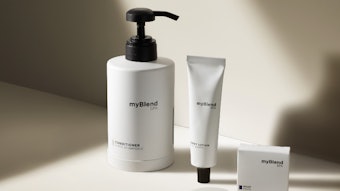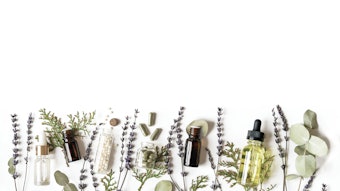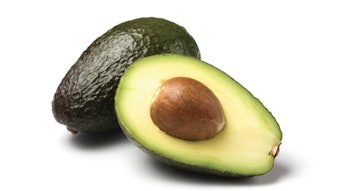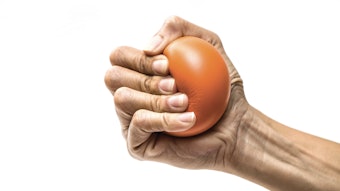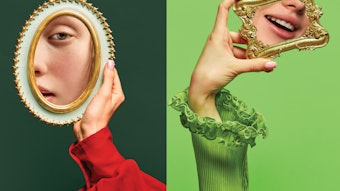
A new report by Diagonal Reports discovers new information about beauty consumers and the industry, including:
- Beauty classifications reorganised to suit buyers' needs;
- New beauty lexicon reflects the function of beauty; and
- Crucial beauty regimes missed because they do not slot into any industry category.
Consumers are drawing maps of the world of beauty. This development is changing how people buy and is impacting on the entire beauty supply chain—from formulator to retailer to to consumer. This new map better reflects how hair and skin care consumers look at the world. They are interested in the function—not the traditional categories—of hair and skin care products.
The change is taking place because the beauty industry and consumers are out of sync. Consumers conceptualize beauty in terms of their needs. They always focus on the outcome, for example, to achieve a “younger” or a “fairer” skin, and clean and manageable hair. The universal starting point for everyone is “me” and “my problem.”
This is quite a different lens to that used by the cosmetic chemists in the research laboratory or their colleagues in brand or category management. Beauty consumers are far less concerned with the “wrapping”—the category classification, the technology, the channel, the segment.
Dissatisfaction with the usefulness of traditional product categories goes back a long time. Our research archives show that even in the late 1990s consumers in the United States and Europe were increasingly focused on the function of hair and skin care products. That could not have developed into a popular movement without the internet and social media which facilitated and accelerated this trend globally.
Today, many millions of beauty buyers around the world are talking to each other using a different language or lexicon. This classification is outside the control of the industry which still conceptualizes in terms of legacy categories. A different buying journey has begun. An enormous market is at stake. We are talking about the needs of the billions of consumers—whether new consumers in emerging markets or changing beauty needs—by gender or age—in mature markets.
The rewards for matching needs with products are great. A historical sweep of our research reports shows a consistent trend: companies successfully enter the market by focusing on buyers' problems. These small (but agile) players now account in aggregate for a significant share of sales. Crucially, many minnows are strategically positioned for future market expansion.
The common market entry point is the uncommercialized and unbranded products and regimes which exist in the consumer—but not the industry—lexicon. Massage is the most striking example. It revolutionized skin care and represents a new mass treatment category—still largely unconsolidated. But massage was ignored and cold-shouldered for years because of the widespread industry observance of the square pegs and round holes rule.
This new beauty taxonomy may seem a tad complicated because it is a bottom-up exercise. But for many years we have been compiling intelligence on consumers' beauty regimes and practices worldwide which did not otherwise fit in.
In our new report we identify the beauty behaviours which represent skin and hair care market opportunities. We make this lexicon accessible by explaining different beauty needs, cultures and regimes.
Full details on this report from Diagonal Reports are available on request.
